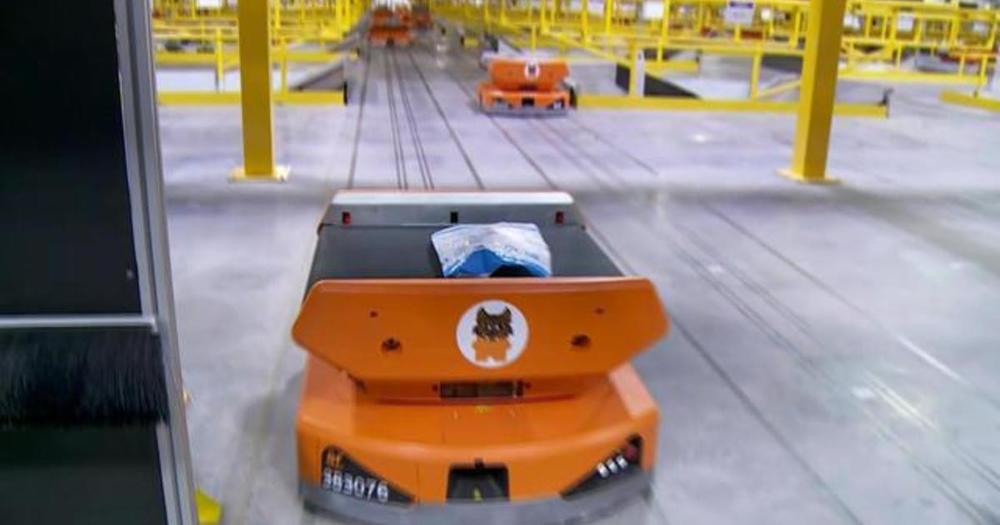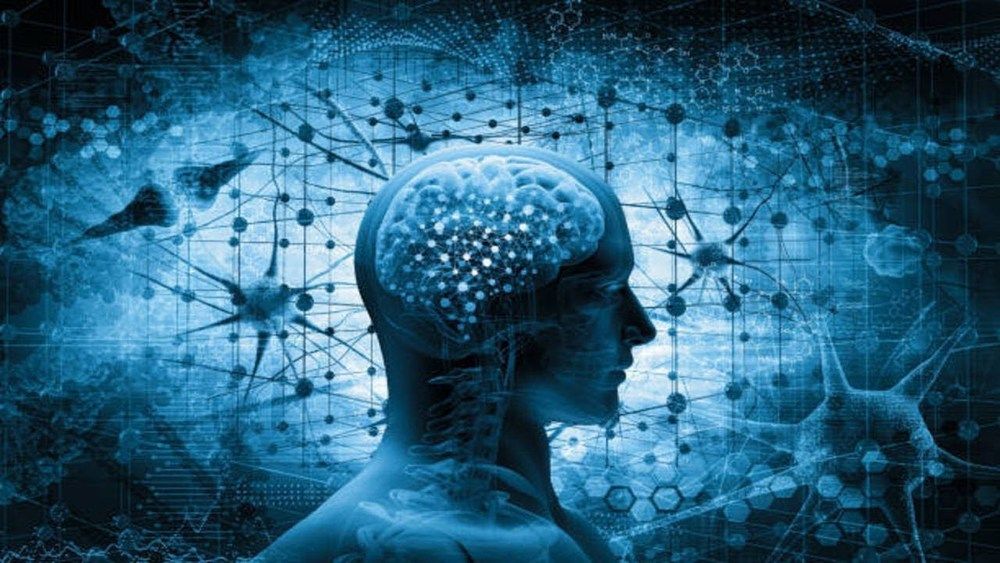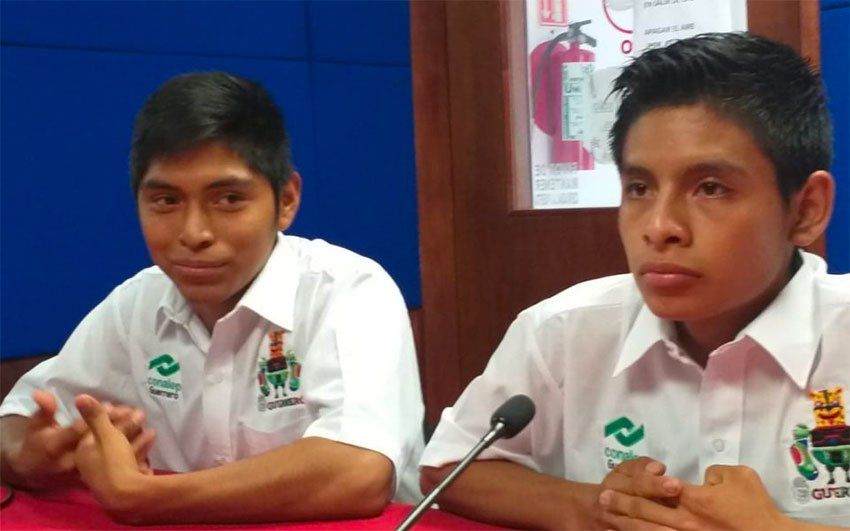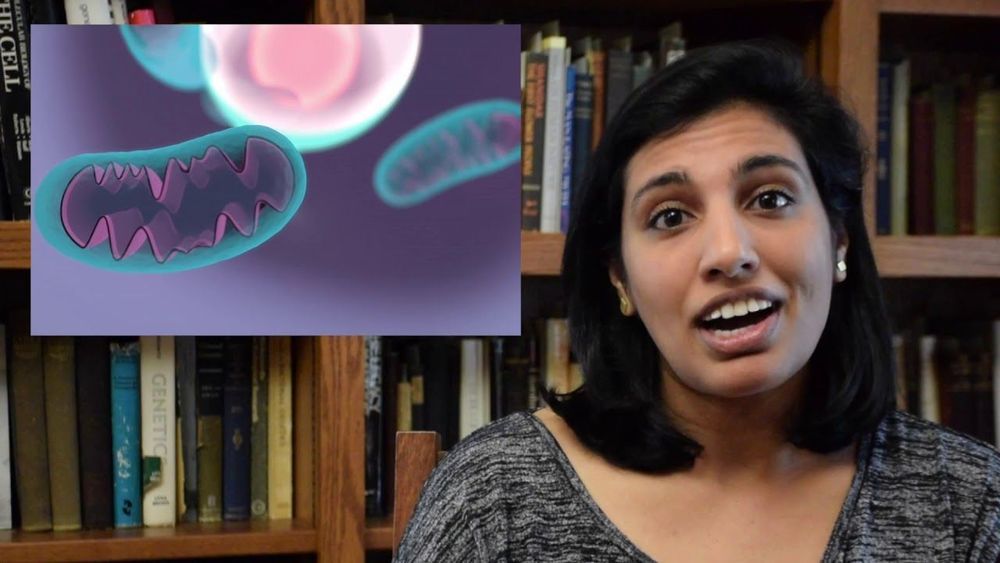
Amazon is a global leader in the use of artificial intelligence and robots – but first on “CBS This Morning,” the company is revealing a major plan to invest in its human workforce, too. The online giant will spend more than $700 million to provide 100,000 employees with new skills for the digital age by 2025.
At Amazon’s 125,000 square foot facility just outside Denver, it looks like robots are running the show. But behind each of these roughly 800 devices is a skilled employee like Nicole Bayer, who manages the daily flow of traffic at this center as a floor control specialist. Bayer said more robots means higher package volume. As a result, she said, “we need more associates to package our volume, not less.”
Before coming to Amazon a few years ago, Bayer said she’d been out of the workforce for years. She credited the company’s employee programs for relaunching her career. “I got a lot of technical skills out of it that helped me get promoted,” she said.
Jeff Wilke, Amazon’s worldwide consumer CEO, likened the program to grad school. The programs’ names feel collegiate, from “Machine Learning University” for onsite training, to “Amazon Technical Academy” for software engineer roles. The company is also offering programs like Associate2Tech, which trains employees to move into technical roles, and AWS Training and Certification, which teaches employees about the cloud and gives them knowledge “essential to operating in a technical field.”








